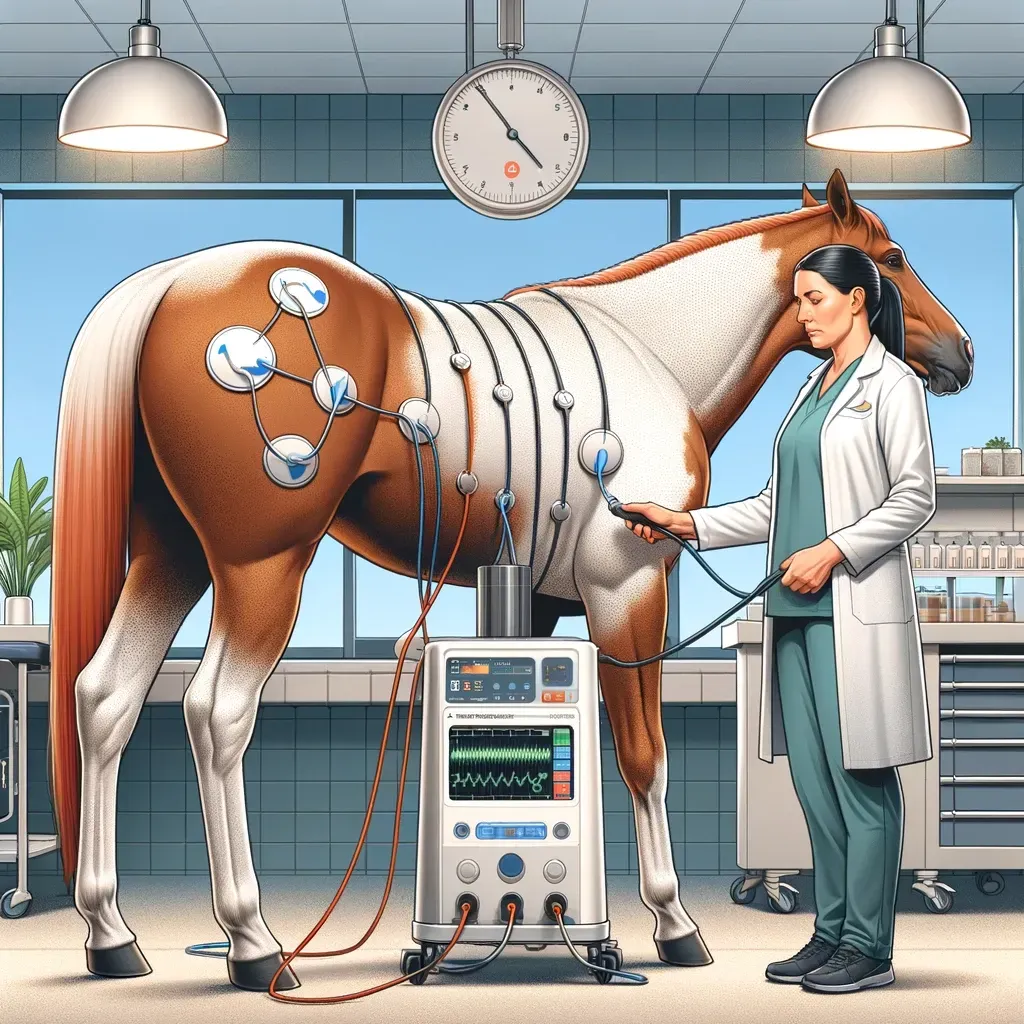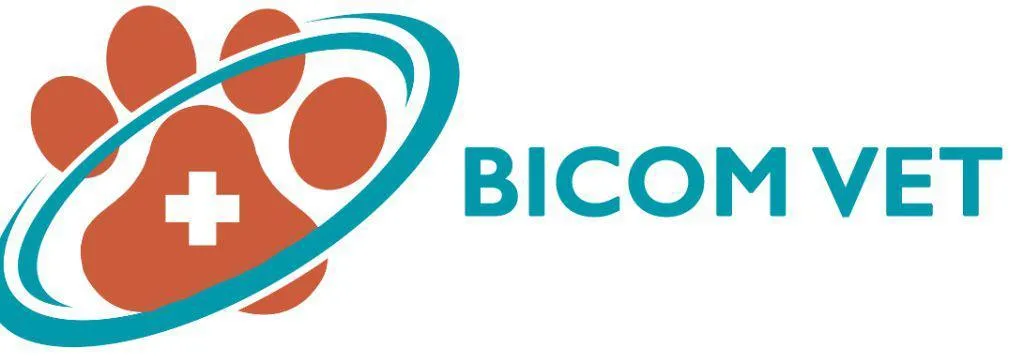
Understanding and Treating Colic in Horses with Bioresonance Therapy
Custom HTML/CSS/JAVASCRIPT
Understanding and Treating Colic in Horses with Bioresonance Therapy
Colic is a common yet potentially fatal condition in horses that can cause significant distress to both the animal and the owner. In the latest newsletter, we delve into the therapeutic possibilities offered by bioresonance therapy as a complementary treatment to traditional veterinary care.
Bioresonance as a Supplementary Treatment
While immediate veterinary intervention is crucial in a colic episode, bioresonance therapy can play a supportive role. It aims to reduce the susceptibility to colic by addressing blockages and underlying causes that contribute to the condition.
Therapeutic Approach
The therapy follows a structured scheme known as the KTT scheme, which includes:
Basic therapy
Follow-up therapy to remove blockages and open elimination pathways
Targeted therapy using “stress ampoules” with specific programs (191, 197, or 10325)
Harmonization with “harmonizing ampoules” (programs 192, 198, or 10327)
Stabilization using “Stabilizing Ampoules” from the 5 Elements Test Set
Attenuation if necessary with “Attenuating Ampoules”
Preparatory Steps
Before these therapies, it’s essential to test for burdensome information such as food intolerances, allergies, and environmental stresses, as outlined in the September 2023 newsletter.
Allergy and Pathogen Programs
For allergies and food intolerances, specific program chains have been effective, and for pathogen-related stress, there are dedicated programs for candida, bacterial, fungal, and parasitic infections.
Intestinal Regulation and Immune Modulation
A range of general programs are available for intestinal regulation, improving blood values, and addressing specific symptoms like diarrhea and constipation. Additionally, immune modulation programs are designed to strengthen and regulate the immune system, reduce stress, and address immunodeficiency.
Tailored Therapy
The newsletter emphasizes that these programs are a selection from many that can be individually tailored after testing, as detailed in the program manual.
Holistic Management
Crucially, it’s also recommended to address housing and feeding conditions that may contribute to colic, highlighting the need for a holistic approach to management and therapy.
Stay Informed
For a deeper understanding of these therapies and to learn about the specific runtime and amplification for each program, interested individuals are encouraged to attend KTT seminars and special seminars on allergies.
This summary captures the essence of the provided text, focusing on the role of bioresonance therapy in treating colic in horses, the therapeutic process, and the importance of a comprehensive approach to care.
Search Testimonials
It is important to remember that individual anecdotes and testimonials should not be used as the sole basis for making decisions about medical treatments or therapies.
When it comes to alternative therapies like bioresonance, it is essential to rely on evidence-based research and the advice of trained medical professionals. While some people may have positive experiences with bioresonance for their animals, it is important to approach these claims with caution and seek out reliable information from reputable sources.
Ultimately, the decision to pursue bioresonance or any other alternative therapy for your animal should be made in consultation with a veterinarian or animal health professional who can help you weigh the potential benefits and risks.
Pollen – a nuisance for our animal companions too
Hay fever patients are only too familiar with the problem. Year after year the misery begins in the spring with stinging eyes, runny itchy nose and, in severe cases, with a cough and asthma as well. What is perhaps less well known is that our animals too suffer increasingly from this same medical condition.
Just as with humans, the incidence of allergies is also becoming more frequent in animals. Allergic reactions may be provoked by airborne allergens such as pollen, house dust and house dust mites, amongst other factors. Food intolerance is also on the increase, however, and represents a distressing problem for the affected animals.
Now, in spring, as it gets warmer, allergic animals are all suffering as well. With animals it is mainly their skin which itches or else their
noses run more and they occasionally sneeze. Changes in their coats and reddening of the skin are often noticed in the face, feet and ears. These areas often display bloody claw marks and develop into very painful weeping eczema, indicating the severity of the irritation.
This type of problem in animals can be treated with the allergy programs pre-loaded in the Bicom device.
Dr. med. vet. C. May
Quick Links


Facebook
Instagram
Mail